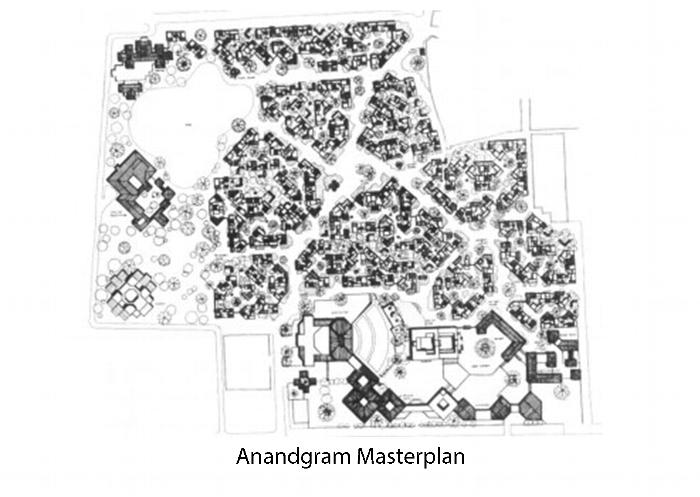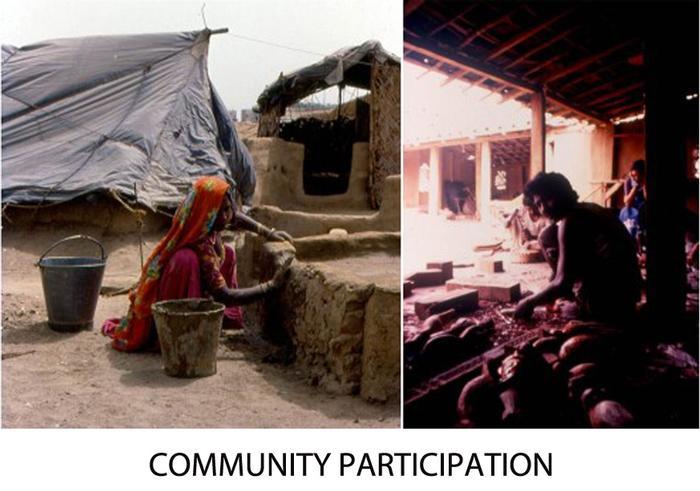Ayushman Kedia ProposalFrom Squatters of Threat to Homes of HopeIn a quest for opportunities and adequate shelters ; men, women and children, abandon their farmlands and migrate to Indian cities every year. Circa 1980, 'Harji', a painter, moved to Delhi for employment. He initially lived on streets, his created living space gradually evolved to night shelters and then to makeshift tents; to serve a city that did not welcome him. He was worried about his survival in Delhi. 'Harji', later moved to a squatter colony in west Delhi, inhabited by painters, sculptors, and artisans who over years had formed a loose neighborhood of around 400 dwellers. They lived under an illegal settlement and were threatened to be demolished anytime. In 1983, Revathi Kamath, an architect passionately involved in social issues, attempted to create affordable architecture through artisanal skills of the locals, their materials, and their methods. This formed the backdrop for the Anandgram rehabilitation project. Revathi began working with the community to redefine their squatter settlement in a floating environment. Through her personal interactions with people and her desire to understand their needs, a community began to develop, which identified and gradually redesigned their spaces. People sharing similar cultures were brought together. In a cluster, public spaces like shrines and courtyards formed the core, dwellings shaped the crust, and essentials like community toilets were placed outside, providing separate units for women. Their shelters, thus, evolved from mobile to stationary. Through participation, they enhanced their skills and its expression in their surroundings. 'Harji' now confidently explains about the exposure he obtained working in Revathi Kamath's projects. "They are able to listen if both— building and thinking—belong to dwelling, if they remain within their limits and realize that the one as much as the other comes from the workshop of long experience and incessant practice."-Martin Heidegger. While designing for the 'homeless' it is essential to understand the user, their concept of space and to illustrate their self expression in the shelters. As architects, it is necessary to perceive their architectural desire and to integrate their past and their cultures in the built environment. Only then a built space becomes a 'Home'. Anandgram, despite being partially completed is a noteworthy effort on Revathi Kamath's behalf to create a village amidst the city. People developed a sense of belongingness towards their homes and also towards the community. The essay covers the documentation of Anandgram and its evolution through last three decades. I intend to describe the people, their stories of hope, and how their expectations have changed over time. It covers discussions with Revathi Kamath, her philosophy ,her approach and her vision of Anandgram. In it I shall emphasize on the fundamentals that define 'Homelessness', the social and psychological reasons for homelessness, how I attempt to address this issue and how it needs to be dealt globally. Additional Help and InformationAre you in need of assistance? Please email info@berkeleyprize.org. |
|


